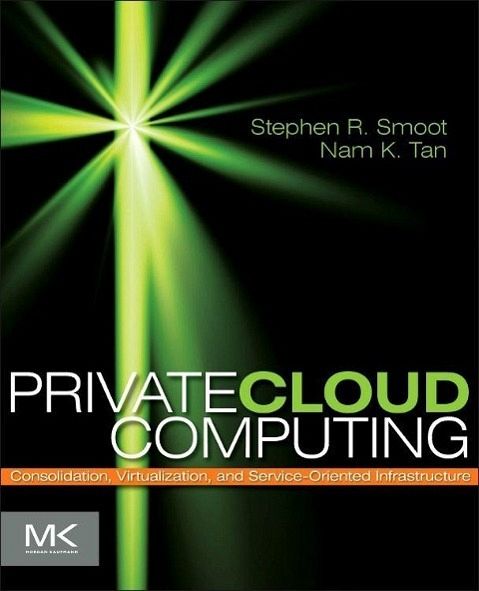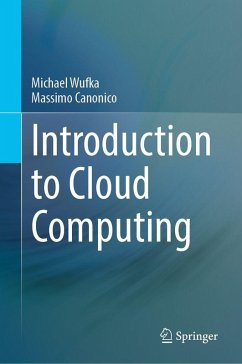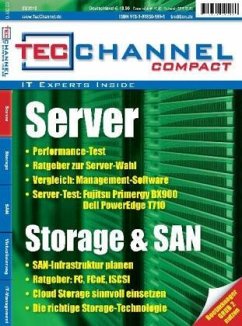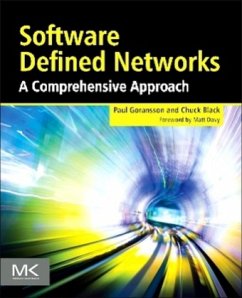
Private Cloud Computing
Consolidation, Virtualization, and Service-Oriented Infrastructure

PAYBACK Punkte
22 °P sammeln!
Private cloud computing enables you to consolidate diverse enterprise systems into one that is cloud-based and can be accessed by end-users seamlessly, regardless of their location or changes in overall demand. Expert authors Steve Smoot and Nam K. Tan distill their years of networking experience to describe how to build enterprise networks to create a private cloud. With their techniques you'll create cost-saving designs and increase the flexibility of your enterprise, while maintaining the security and control of an internal network. Private Cloud Computing offers a complete cloud architectu...
Private cloud computing enables you to consolidate diverse enterprise systems into one that is cloud-based and can be accessed by end-users seamlessly, regardless of their location or changes in overall demand. Expert authors Steve Smoot and Nam K. Tan distill their years of networking experience to describe how to build enterprise networks to create a private cloud. With their techniques you'll create cost-saving designs and increase the flexibility of your enterprise, while maintaining the security and control of an internal network. Private Cloud Computing offers a complete cloud architecture for enterprise networking by synthesizing WAN optimization, next-generation data centers, and virtualization in a network-friendly way, tying them together into a complete solution that can be progressively migrated to as time and resources permit.













